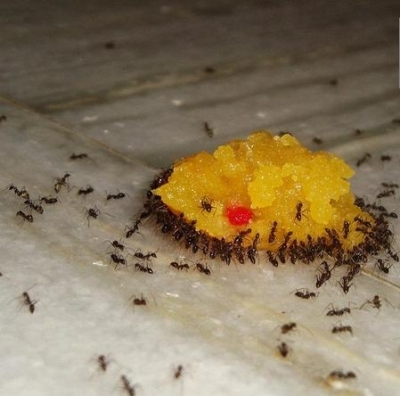Many factors are involved in hair loss. The exact cause is not known but scientists think that stress and severer illness, can cause hair to fall out (Chemistry in Britain). Iron deficiency or pregnancy can cause hair loss in women. Some cases are potentially reversible. For example, hair may re-grow once the illness has been cured.
Scientists also know that the largest cause of hair loss in men is genetic in origin. Alopecia androgenetica, which creates male pattern baldness in men and general thinning of the hair in women, is an ageing phenomenon. They do know that the mechanisms involved in hair loss are complex and mediated to some extent by the male hormone (androgen).
There are also suggestions that genetic hair loss is just an ageing process where the chronological age of an affected individual becomes desynchronized with that of the hair follicles.
The male hormone, testosterone, is pivotal in the physiology of balding. It includes any hairs that are predestined to stop growing. Treating suffers with testosterone can stimulate dormant hair follicles into growth, but giving testosterone to men cause unwanted side-effects.
In genetic hair loss, changes occur in all three fundamental hair variables; hair density (number of hairs per square centimetre0; the proportion of hair follicles in the active growth phase and the hair diameter per unit area. Initially, there is a reduction in the period of active growth, which results in an increase in the number of hairs being shed from scalp. This is followed by a reduction in hair diameter as the hair follicle gradually becomes smaller. Finally, the number of productive hair follicles decreases, reducing the meaningful hair density.
The principle mechanism of genetic hair loss appears to be “localized tissue sensitivity to normal androgen concentrations.” While the metabolic processes are far from clear, an important candidate is the enzyme 5-alpha-reductse inhibitor, which catalyses are reduction of testosterone to dihydrotestosterone (DHT).




 Firefly also known as lightning bug is the common name for about 100 species of insects found throughout the tropical and temperate regions. Fireflies are soft-bodied insects measuring` from a few centimetres to about a few tens of centimetres. They have generally dark brown sheath-like front wings covering the flying wings at rest, yellow or orange markings and luminescent glands located on the underside of the rear abdominal segment. Both sexes emit intermittent light signals often seen in meadows on late-spring and summer nights, to attract mates. The luminescent larvae and females of some species are also called glowworm. The firefly emits light by allowing oxygen, breathed through its abdominal tracheae, to combine with a substance called luciferins. The fly also controls the timing and duration of the flashes, for example, to attract its mates. The unique characteristic of the fly is that it emits light without producing heat.
Firefly also known as lightning bug is the common name for about 100 species of insects found throughout the tropical and temperate regions. Fireflies are soft-bodied insects measuring` from a few centimetres to about a few tens of centimetres. They have generally dark brown sheath-like front wings covering the flying wings at rest, yellow or orange markings and luminescent glands located on the underside of the rear abdominal segment. Both sexes emit intermittent light signals often seen in meadows on late-spring and summer nights, to attract mates. The luminescent larvae and females of some species are also called glowworm. The firefly emits light by allowing oxygen, breathed through its abdominal tracheae, to combine with a substance called luciferins. The fly also controls the timing and duration of the flashes, for example, to attract its mates. The unique characteristic of the fly is that it emits light without producing heat.


 The object of blinking of our eyelids is to keep the front of the eyeball clean. Blinking is done by means of muscles in the eye lids and the cleansing by tears. The tears are secreted in a little gland and carried along to the eye and when our eyelids open and close the tears are poured over the front of the eye and they wash away any particles of dust or any other harmful substances.
The object of blinking of our eyelids is to keep the front of the eyeball clean. Blinking is done by means of muscles in the eye lids and the cleansing by tears. The tears are secreted in a little gland and carried along to the eye and when our eyelids open and close the tears are poured over the front of the eye and they wash away any particles of dust or any other harmful substances.
 Parrot’s vocal expressions are a result of imitation, not a part of its specific vocabulary.
Parrot’s vocal expressions are a result of imitation, not a part of its specific vocabulary.




 Ants are social insects. Many ant species go out of their nests in groups in search of food. Initially, a few worker ants, called scouts, go out of the nest in search of food. Once an abundant source of food is found to the nest, it presses its abdomen to the ground and at frequent intervals extrudes its sting, the tip of which is drawn lightly over the ground surface, much like a pen drawing a thin line.
Ants are social insects. Many ant species go out of their nests in groups in search of food. Initially, a few worker ants, called scouts, go out of the nest in search of food. Once an abundant source of food is found to the nest, it presses its abdomen to the ground and at frequent intervals extrudes its sting, the tip of which is drawn lightly over the ground surface, much like a pen drawing a thin line.






